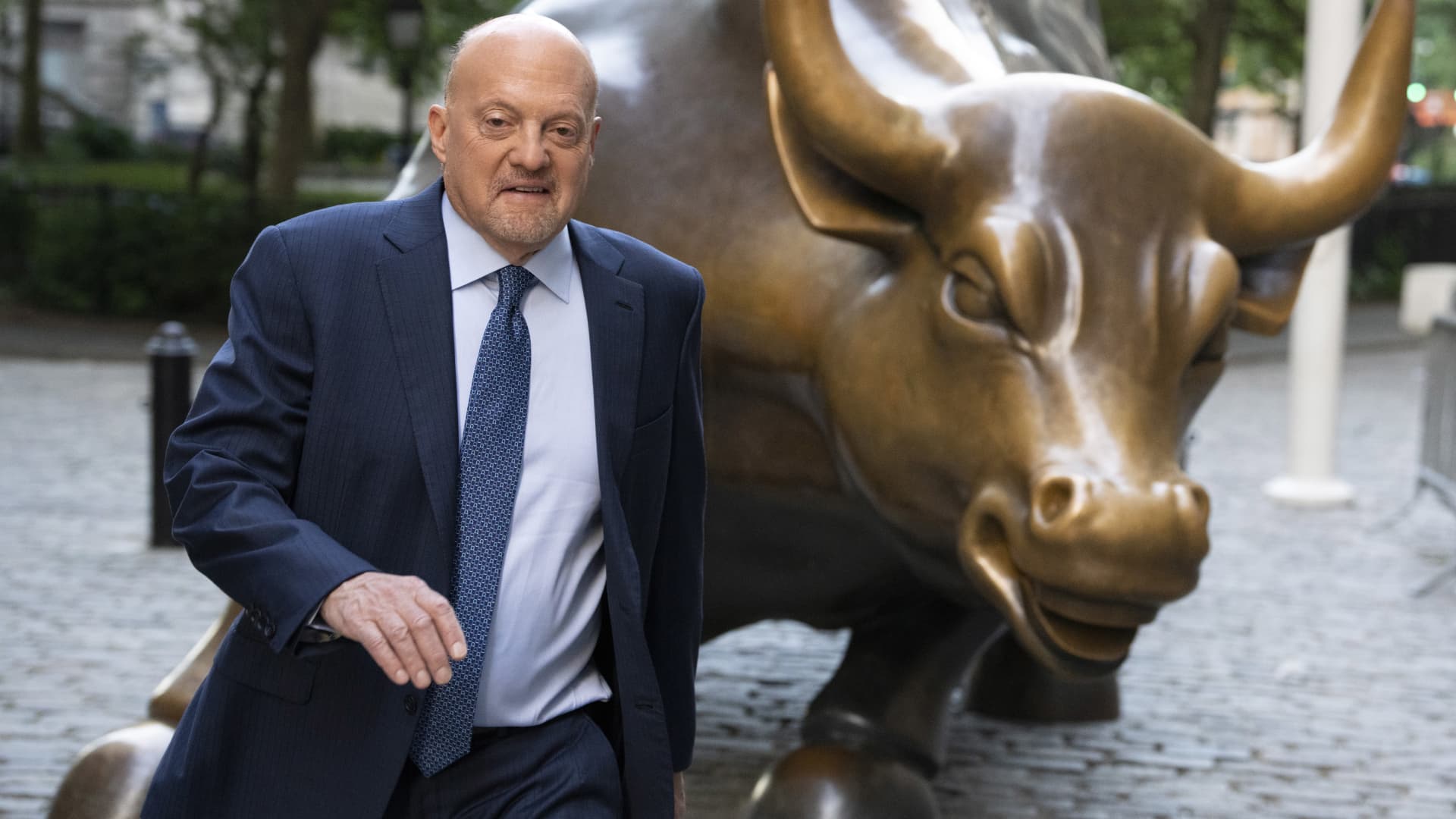
We’ve had a remarkable run since mid-June, when we traveled from around 3,636 on the S & P 500 to close at 4,280 on Friday. That’s nearly an 18% gain. I challenge you to name one prominent strategist who has switched directions, caved or just plain got real bullish as we went higher? I can’t think of one. That’s the problem. I often tell you to stay the course, as I did in June, reminding you that if you flit out and flit back in the market you’re doomed to failure. Now there was no reason to go long in June. None whatsoever. We had a red-hot consumer price index (CPI) in the first week of that month, which then caused a horrific decline. Right after that number, the 10-year Treasury yield soared to more than 3.49%. What’s so amazing to me is that the moment that rates hit their highest levels — literally the day, June 14 — the S & P 500 closed in its first bear market since March 2020, the month Covid was declared a pandemic. (The index hit its most recent low of 3,636 on June 17.) Go back though, rewind the tape, and almost no one, publicly said rates were going to go down. The vast majority of the chatter was about the 10-year yield going to 4% because the Federal Reserve would have to take short rates almost as high if not higher. (The 10-year Treasury yield settled at 2.84% on Friday). There were some voices saying that the big stock market dive in the second week of June was overdone. Carley Garner, one of my favorite technicians, did so on June 14, in the heart of the carnage. That helped us do an “Off the Charts” report for CNBC’s “Mad Money,” about why the market was so oversold and due for a bounce. Later that week, still an unbelievable time to get in, we told you that the S & P’s proprietary oscillator hit minus-10, where anything below minus-5 signals a buy. Of course, you would have to buy before it hits minus-10 and then after it hits minus-10 because the oscillator can’t be that precise. But the moment sure was. Now let’s talk about what caused the S & P 500 to bottom on June 17. It’s become quite a bone of contention but what caused the bottom was a belief that perhaps things could not get worse than this for inflation, because there were too many commodities going down, and there was a sense that Russia’s war against Ukraine was become less of a front-page story. China was coming out of Covid lockdowns, accentuated by its June 18 shopping holiday, the largest festival of its kind. At the exact same time, oil ticked at $115 per barrel but failed to take out the March high of $120. That turned out to be an amazing turning point because it happened to be when the biggest bulls on crude went all in and started talking about $140 to $150 per barrel. Looking back, I think that many felt they had missed the last run up and they weren’t going to do it again, especially when oil stocks were hitting highs. What the Street didn’t know at that moment was India had stepped up its purchases of cheap Russian crude, dashing what were chimerical hopes that no one would take that oil except the Chinese. That was totally wrong and it shut the door on bottling up Russian crude. My point is that given there were no changes in outlook, you had to fight the conventional wisdom that once we enter a bear market, as defined by down 20% or more from a recent high, it is the beginning of the real bone crusher, not the end. But that’s exactly when we hit bottom this time around. Now we have had a very big run since then and I think it is fair to say that the big time strategists and certainly the hedge funds almost entirely missed this one. They are decrying it loudly and heavily after last week’s jaunt. But what they don’t seem to realize while they were trashing so many stocks is that many did bottom, and they bottomed because of a top in oil and a top in bond yields — two factors that forecast the rally perfectly. Oil was the key piece of the entire puzzle because when it peaked — and it has peaked — gasoline peaked. When gasoline peaked, the CPI flatlined and then fell. There are plenty of components that were peaking, too, but crude was the big one. Once oil declined, you could start talking peak inflation and that’s proven to be a ridiculed prediction even after it has been right, which, by the way, as someone who makes predictions I find is pretty par for the course. They either want to tarnish you or make you wait to be vindicated when you actually have been vindicated by events. It’s particularly galling when the goalposts keep moving intellectually even as actually things are now good. Look I don’t know what will happen now with inflation. Oil continues to be weaker, Russia is getting away with pumping as much as it can, China isn’t strong enough to offset all the pumping and the U.S. is producing 12 million barrels a day, which is a lot. America could do more, except that’s what might make an $80 per barrel equilibrium. Housing has been getting weaker as mortgage rates didn’t fall like the 10-year yield. Rents keep going higher and we aren’t building multi-family homes fast enough. Used cars are still too expensive but the chip glut is easing the situation. The great car shortage is winding down. At the same time, the consumer spend is slowing down and the consumer is still traveling but not like before because the airlines have been such a problem. The predicted layoffs aren’t happening with any alacrity yet. I think that will change. What matters the most to me, however, is that you had to recognize that those who stayed the bearish course don’t know what to do other than talk this one down. They sound as scary as ever but what do they really have, another 50-basis-point rate increase by the Fed in September and then we see what happens? I think the Fed’s playing with sledge hammers and the bears are playing with mallets. The bears just don’t get it. You can be right all the way down to minus 20% on the S & P 500 but you have to know you have morphed into a pig if you don’t get more positive after such a brutal decline. (See here for a full list of the stocks in Jim Cramer’s Charitable Trust.) As a subscriber to the CNBC Investing Club with Jim Cramer, you will receive a trade alert before Jim makes a trade. Jim waits 45 minutes after sending a trade alert before buying or selling a stock in his charitable trust’s portfolio. If Jim has talked about a stock on CNBC TV, he waits 72 hours after issuing the trade alert before executing the trade. THE ABOVE INVESTING CLUB INFORMATION IS SUBJECT TO OUR TERMS AND CONDITIONS AND PRIVACY POLICY , TOGETHER WITH OUR DISCLAIMER . NO FIDUCIARY OBLIGATION OR DUTY EXISTS, OR IS CREATED, BY VIRTUE OF YOUR RECEIPT OF ANY INFORMATION PROVIDED IN CONNECTION WITH THE INVESTING CLUB. NO SPECIFIC OUTCOME OR PROFIT IS GUARANTEED.




